U.S. clean-energy installations will plunge 41% after 2027, according to a report from BloombergNEF (BNEF), due to the phase-out of wind and solar tax credits in the One Big Beautiful Bill (OBBB) Act.
The OBBB that narrowly passed on July 3 makes sweeping changes to U.S. clean energy industrial policy, including repealing the investment tax credit and production tax credit for solar and wind projects several years ahead of schedule.
The challenge for solar developers is the pace at which projects must become operational. Under the OBBBA cuts to tax credits, projects that began construction within 12 months of enactment, or are “placed in service” by 2028, are eligible for the 45Y Production Tax Credit (PTC) or the 48E Investment Tax Credit (ITC). Projects beginning construction by July 4, 2026 are eligible for the credits under a safe harbor provision until mid-2030.
A few days later, however, President Trump issued an executive order that directs the Treasury to restrict safe harboring of projects, tightening interpretation of the “beginning of construction” language. The order requires that a “substantial portion” of a project must be built to secure credits and requires enforcement within 45 days of the enactment of the congressional budget bill.
The BNEF report estimates that in 2028, when those tax incentives are gone, deployment of wind and solar will fall to 48 GW, dropping from 81 GW in 2027, as developers rush to place projects into service.
“A short path still exists for wind and solar projects to access these credits, but it will not be an easy road ahead for most developers,” BNEF analysts wrote in the report.
The industry shakeup comes at a time of rapidly increasing load demand by the buildout of data centers. Jason Grumet, chief executive officer, American Clean Power, noted that electricity demand is expected to surge by as much as 50% by 2040.
“That growth requires every available source of reliable power, including the clean energy technologies that are the only shovel-ready sources of additional power and the low-cost option across much of the nation,” said Grumet.
The BNEF report notes states that “renewables are often the cheapest source of electricity,” adding that its forecast “underscores the reliance clean energy still has on subsidies. Eliminating federal incentives threatens to upend the U.S. energy industry by hampering the roll out of wind and solar, which have become the biggest sources of new electricity generation.”
The Q2 2025 Solar Insight Report from Solar Energy Industries Associates estimates that the U.S. solar industry installed 10.8 GWdc in Q1 2025, a 7% decline from Q1 2024 and a 43% decrease compared with Q4 2024, but still the fourth largest quarter on record.
With the drop in capacity additions expected to begin in 2028, the report finds that new wind, solar and energy storage additions will drop 23% through 2030 compared to an earlier BNEF forecast. Onshore wind will be cut by 50% compared to the prior outlook with solar and energy storage experiencing a 23% and 7% drop, respectively.
This content is protected by copyright and may not be reused. If you want to cooperate with us and would like to reuse some of our content, please contact: editors@pv-magazine.com.
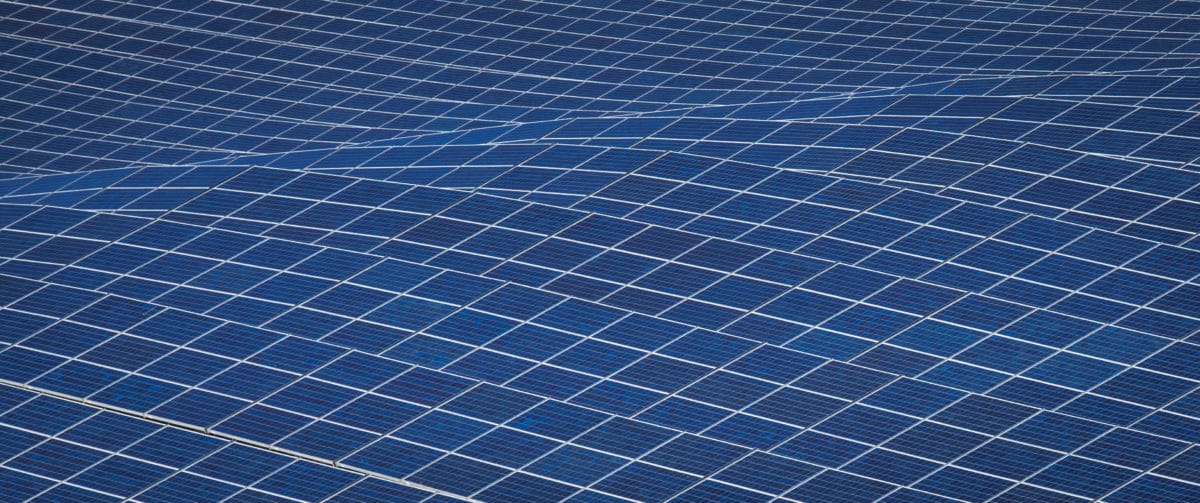
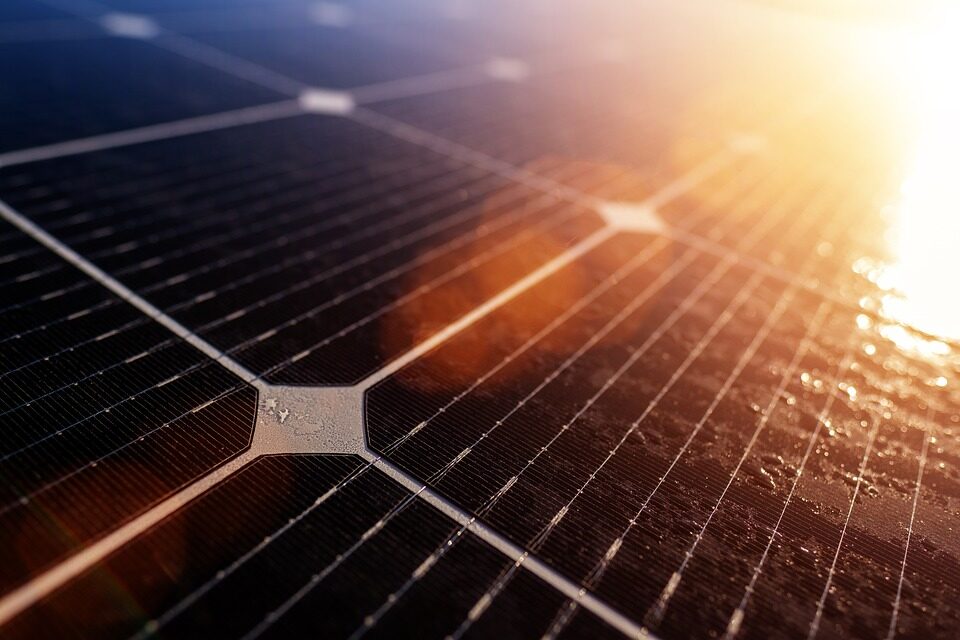


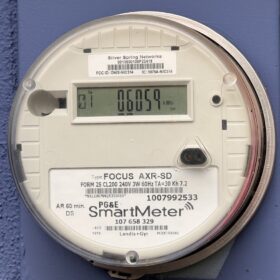
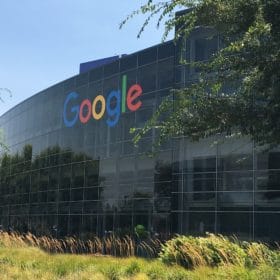
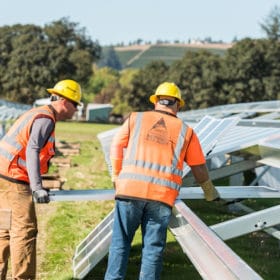
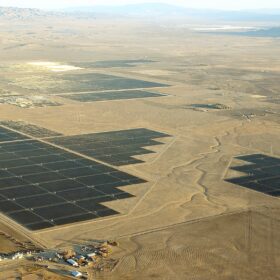
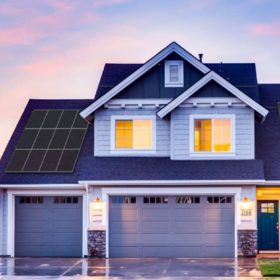
In January of 2027, the NEW congress can re-visit the solar tax credit issue. A political “hot potato”, and with an established American industry, we have not seen the end of the clean energy boon. California faced this with NEM3.0 and somehow the rooftop solar industry survived. With farmers unable to plant or harvest crops without field labor and facing the loss of their farms, many will turn to leasing out part of it for a “Cash Cow” of Solar Panel installations that do not require low-cost farm labor to operate. Electric Vehicles and home heat exchangers will drive up the need for more solar and energy storage.